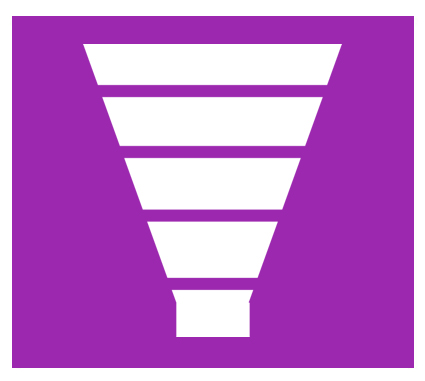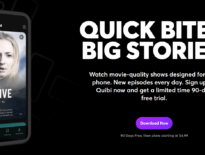Content is a never-ending challenge in workplace learning.
- Great content is hard to design.
- Great content is hard to develop.
- Great content is hard to maintain.
All of this leads to a very time-consuming and expensive content problem.
Unfortunately, our content struggles don’t stop new workplace challenges from constantly popping up. Just when we think we have things under control, we get a new stakeholder request or the organization makes a big change that requires a pile of content updates. Our goal is to deliver the right solution for every employee, but we only have so much time and so many resources. This often results in one-size-fits-all courses that check the boxes but fail to enable meaningful performance improvement.
What is L&D doing to solve the content problem? It varies by organization …
- Some continue to go heads down and build custom solutions as fast as they can at the best possible quality.
- Some outsource their content to third party developers with more resources but less organizational awareness.
- Some take a “Netflix approach” by aggregating a combination of off-the-shelf catalogues with openly-available online materials.
Which approach is the best way to solve the content problem? All of them.
Content is a complex problem that requires a complex-but-strategic solution. The best workplace learning solutions apply an ecosystem mindset and leverage the full range of available tools. Solving the content problem requires an ecosystem approach to determine when a problem should be addressed with internal content and when it can be resolved with external resources. We must take a holistic, curation-based, results-focused approach to content.

Results-Focused Design
Before you can make a content decision, you have to determine what kind of solution is needed to solve this particular problem. Apply the Results-First Design Model to narrow your focus to just the required knowledge and behavior changes. Once you have identified the right-fit solution, move forward with the 3B Curation Framework.

Build
Is the topic and/or application of knowledge and skill unique to our organization? Then build it.
External solutions may deal with similar problems. However, something about this particular challenge is specific to your company. This could be anything from process specifications to product details. People will need a specific solution to improve their knowledge and on-the-job performance. Therefore, this is the right time to apply your limited internal development resources to build custom content.

Buy
Has a trustworthy partner already solved this problem, making it more efficient to leverage their expertise? Then buy it.
No one should have to build ladder safety training ever again. This problem has already been handled. Is your new problem similar to ladder safety? Is it something like regulatory compliance or basic professional skills that can likely be addressed by off-the-shelf content? This is the right time to explore external partnerships and find a content provider that is ready to help you solve this problem at an affordable price so you can keep you internal resources focused on more proprietary challenges.

Borrow
Is this topic general enough to leverage open resources and crowdsourced knowledge? Then borrow it.
This is what many L&D pros consider curation to be – aggregating solutions from openly-available resources in order to solve more problems, faster. And it’s a great approach – sometimes. The “crowd” can definitely deliver information faster than L&D can build it. The issue is that the crowd isn’t always the smartest person in the room. Sometimes a problem requires established subject matter expertise. Other times, it can be resolved through shared knowledge. L&D can help people navigate between these realities and provide the solution clarity that is often missing on the open internet.
Build, buy or borrow? Some content problems can be solved with just one option. For example, you can buy content to help people learn the basics of personal protective equipment (PPE). Some will require a combination. You may use PPE that is specifically designed for your workplace and therefore must build supplementary content in addition to your outsourced materials. By applying a curation mindset, you can mix and match solutions in order to get the right content to the right people at the right time.
Content is just one part of a complex workplace learning ecosystem. Every problem cannot be solved through content. Nevertheless, content will continue to be an important part of what L&D does. The 3B Framework will help you bring curation to life in a meaningful, scalable way and make sure you get the most value from your content efforts.



